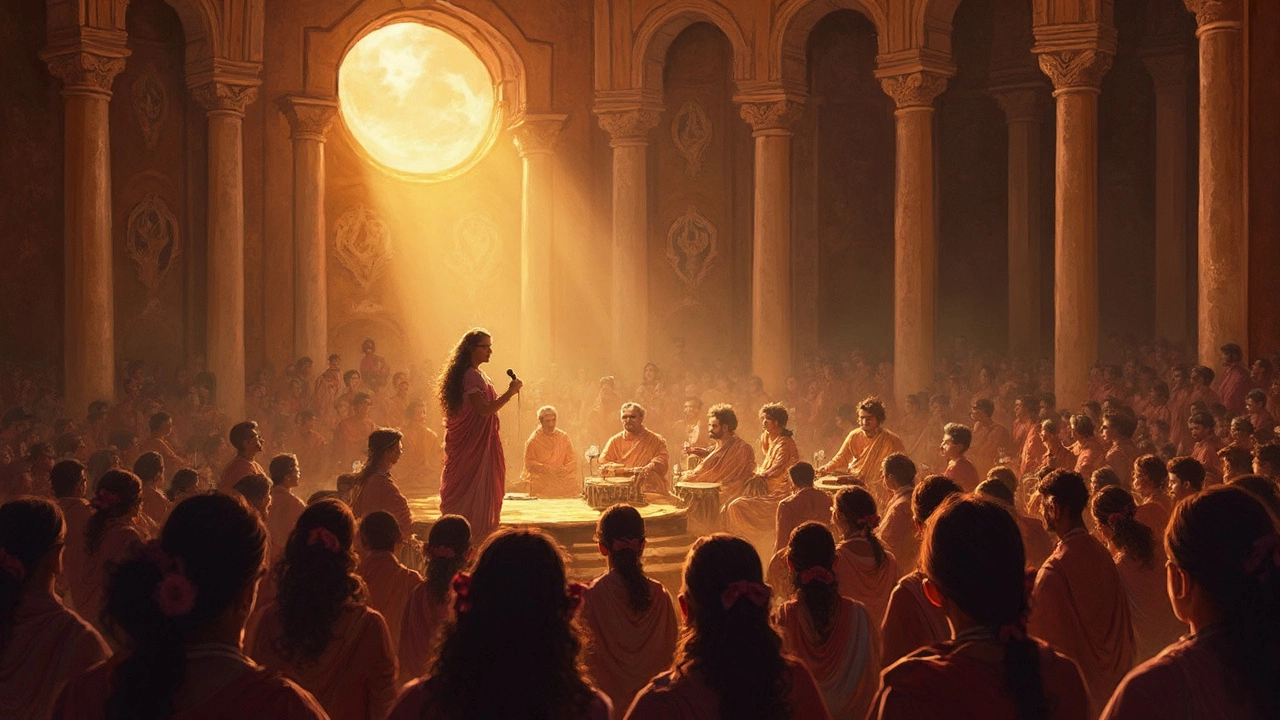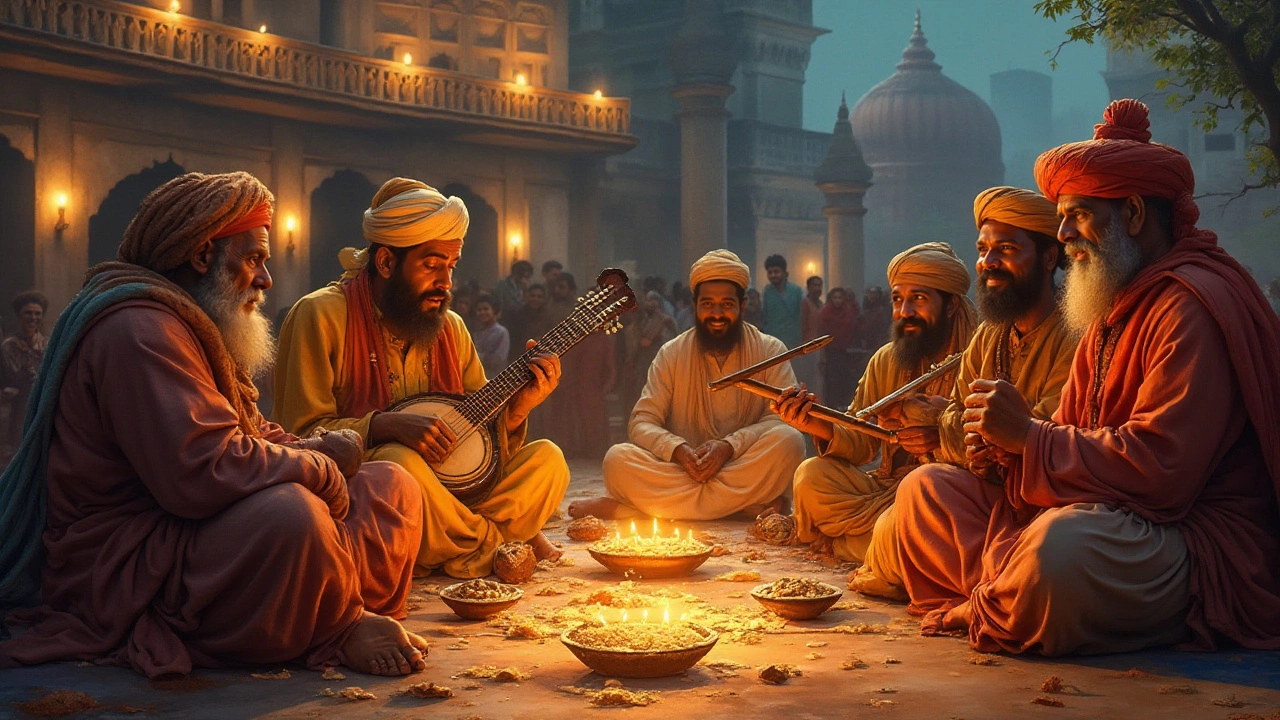Indian Classical Music – A Quick Guide to Its Roots, Sounds, and How to Listen
If you’ve heard a sitar or a mridangam and wondered what’s behind those magical sounds, you’re in the right place. Indian classical music isn’t just songs; it’s a living tradition that’s been shaping moods and moments for centuries.
What Makes Indian Classical Music Unique?
First off, Indian classical music splits into two big families: Hindustani from the north and Carnatic from the south. Both share the idea of a raga – a specific set of notes that creates a mood, like sunrise or monsoon. A raga isn’t just a scale; it tells you which notes to emphasize, which to avoid, and how to move between them.
Alongside ragas, there’s tala, the rhythmic cycle that keeps everything in time. Think of tala as a loop of beats – 8 beats in Teental, 6 in Rupak, etc. Musicians improvise within these frameworks, weaving melodies that feel both structured and free.
Instruments matter too. The north loves the sitar, sarod, and tabla, while the south leans on the veena, violin, and mridangam. Vocalists use a style called khayal (Hindustani) or kriti (Carnatic) to showcase their mastery of ragas.
How to Explore Indian Classical Music Today
Start simple: pick a popular raga like Yaman (Hindustani) or Kalyani (Carnatic) and listen to a short piece on YouTube or a streaming service. Notice how the melody rises and falls, and try to feel the emotion it evokes.
If you enjoy the sound, dive into a full concert. Look for titles that include the raga name and the instrument – for example, “Raga Yaman – Sitar Solo.” Many platforms also offer playlists titled “Beginner’s Guide to Indian Classical Music.”
Want to go deeper? Attend a live performance at a cultural center or a temple. Seeing a tabla player count tala aloud helps you understand the rhythm better. Bring a notebook and jot down the beat cycle; soon you’ll recognize patterns naturally.
Finally, consider trying a short lesson. Many online teachers offer 15‑minute intro sessions on sarod, violin, or vocal basics. Even a tiny bit of practice will make listening more rewarding because you’ll hear the nuances you missed before.
Indian classical music is a world of melody, rhythm, and tradition wrapped into a single experience. Whether you’re in a bustling city or sitting at home, a few minutes of listening can open a door to centuries of art. Give it a try – you might find a new favorite sound that stays with you for life.

